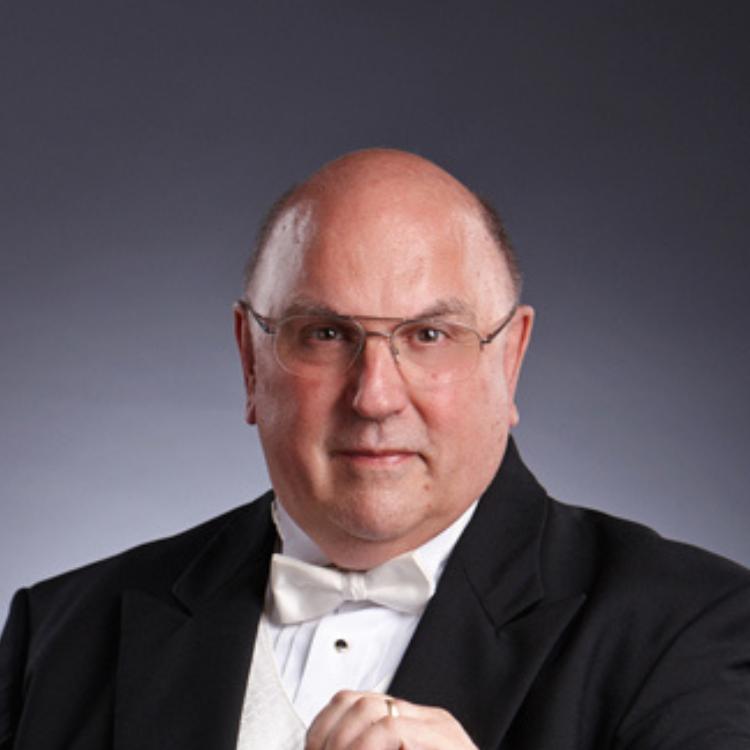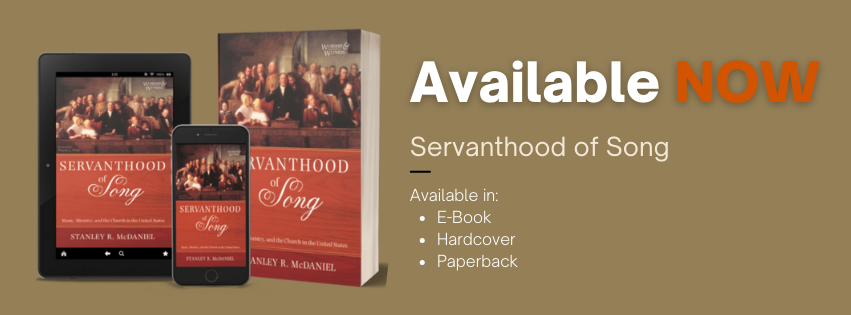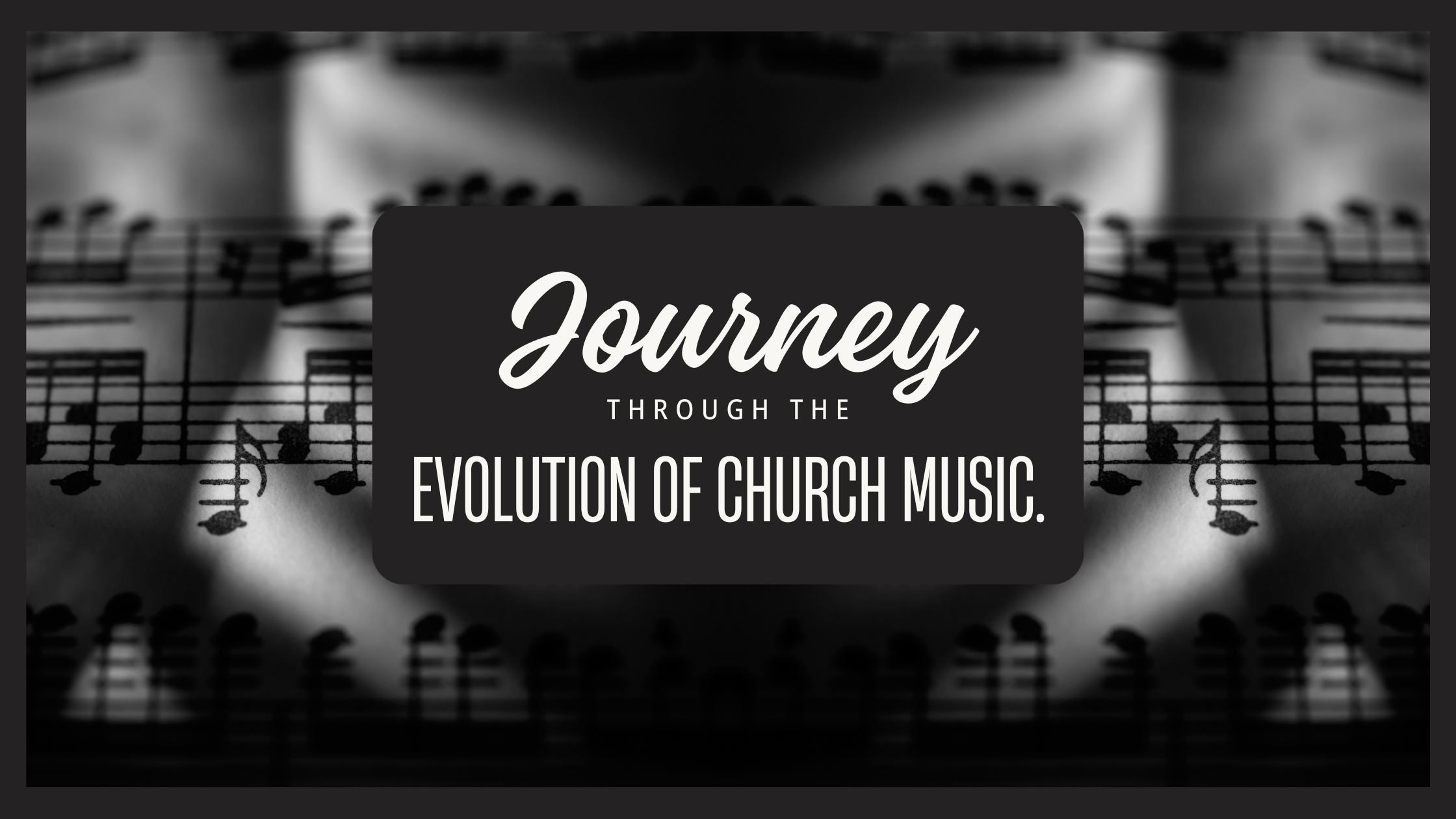Your cart is currently empty!
Tracing the Roots: A Brief History of Church Music
Church music has been a sacred and resonant expression of faith for centuries, its melodies and harmonies telling stories of devotion and transformation. From the solemn chants of early monasteries to the powerful praise anthems of today, church music has woven its way into the fabric of worship, adapting and evolving along the way. Let’s journey through the ages and explore key moments that have shaped the landscape of church music, leaving an indelible mark on the hearts of worshippers.
The Early Beginnings: Chant and the Monastic Influence
The origins of church music can be traced back to early Christianity, where simple, unison chant was a primary form of musical worship. Gregorian Chant, named after Pope Gregory I, who standardized these melodies in the 6th century, became a profound expression of early monastic devotion. Chants were sung in Latin, emphasizing reverence and meditation. Without instrumental accompaniment, the melody flowed in a monophonic style, free from rhythmic constraints, allowing worshippers to focus solely on the text and the act of worship itself. These chants would lay the foundation for structured church music, their influence persisting even as music began to evolve.
The Middle Ages: The Rise of Polyphony
The Middle Ages marked a turning point with the introduction of polyphony, where multiple voices sang different melodies in harmony. This complex form of music began in the 9th century and grew popular in cathedrals and churches, adding richness and depth to worship services. Composers such as Leonin and Perotin from the Notre Dame School pioneered this style, intertwining voices that lifted the sacred texts to new heights. While polyphony initially met resistance due to concerns it would distract from worship, it soon became a celebrated element, offering a sonic representation of unity and divine complexity.
The Renaissance: Music Flourishes in Sacred Spaces
As the Renaissance dawned in the 15th century, church music took on new life, integrating elaborate compositions that reflected the era’s artistic and intellectual expansion. Composers like Giovanni Pierluigi da Palestrina embraced a more balanced form of polyphony, ensuring the sacred text remained clear. His work, especially in settings like the “Missa Papae Marcelli,” brought clarity and beauty to worship music, helping define what is now known as the “Palestrina style.” Palestrina’s influence on church music was so profound that it inspired the Council of Trent during the Counter-Reformation to support music that both uplifted and illuminated the text, ensuring it served worship.
The Baroque Era: Instrumentation and the Rise of the Cantata
The Baroque period in the 17th and 18th centuries introduced the use of instruments in worship, marking an exciting evolution in church music. Composers like Johann Sebastian Bach created intricate compositions that included both vocal and instrumental elements, such as his renowned “St. Matthew Passion” and numerous cantatas. These works added a new dimension to worship, intertwining biblical texts with music to create a powerful emotional and spiritual experience. Baroque church music was marked by complexity and ornamentation, which added depth and expression to the sacred text.
The Reformation: Congregational Singing Takes Root
During the Protestant Reformation, leaders like Martin Luther emphasized congregational singing, believing that worship should be accessible to all. Luther introduced hymns in the vernacular, encouraging everyone to participate in singing as a communal act of faith. This shift democratized church music, leading to the creation of hymns that worshippers could understand and feel connected to, such as “A Mighty Fortress is Our God.” The Lutheran chorale tradition blossomed, laying the foundation for communal singing in Protestant churches and reinforcing the belief that music could unite a congregation in worship.
The Modern Era: Gospel, Hymns, and Contemporary Worship
The 19th and 20th centuries saw church music branching into diverse styles, including gospel and contemporary Christian music. Gospel music, born from African American spirituals, became a powerful expression of faith and resilience. Meanwhile, hymn writing flourished, with composers like Fanny Crosby and Charles Wesley creating timeless songs that are still sung today. As worship music evolved into contemporary praise, styles began incorporating modern instrumentation and genres like rock, jazz, and pop. Artists like Chris Tomlin, Hillsong, and Matt Redman brought worship music into a new era, making it accessible to new generations and inspiring heartfelt, personal connections to faith.
Today, contemporary worship music is marked by worship bands and modern technology, integrating multimedia elements to create immersive experiences for congregants. Songs are written to be accessible, often featuring simple melodies that encourage active participation. Worship bands utilize instruments like electric guitars, keyboards, and drums, blending genres and styles to engage modern congregations. Through live streaming, online resources, and global sharing, worship music now reaches millions worldwide, uniting believers across cultures and languages.
Where Will Worship Music Go Next?
As we look forward, church music stands at the intersection of tradition and innovation, constantly adapting to the needs of a changing world. With technology advancing and cultural trends shaping new forms of expression, the future of worship music holds limitless possibilities. Here are a few questions to ponder:
– How can church music continue to be both relevant and reverent in a fast-paced, modern world? Will future worship music lean even more into digital platforms and virtual experiences, or will it seek to return to simpler, more traditional roots?
– How can worship music embrace diverse cultural expressions while maintaining unity within the church? With worship music increasingly influenced by genres from around the world, how can churches integrate these voices authentically and respectfully?
– How will the role of music evolve in worship settings? Will it remain central to the worship experience, or might we see new forms of worship expression, like visual arts or storytelling, sharing the spotlight?
– What is the role of technology in the worship experience? With virtual choirs, augmented reality, and immersive sound experiences on the rise, how can technology be harnessed to enhance rather than distract from worship?
These questions invite us to consider the path forward for church music. How do you envision the future of worship music? What role do you hope it will play in deepening faith and building community?
From humble chants to dynamic worship bands, church music has journeyed through centuries of transformation, adapting to each era’s culture and technology. While the styles have evolved, the heart of church music remains the same: to uplift, inspire, and bring people closer to the divine. Today, church music continues to be a powerful tool for worship, inviting believers to participate in a legacy that has been shaping hearts and communities for centuries.

AUTHOR
Stan McDaniel
©2023 Stanley R. McDaniel, All Rights Reserved.
Copying or re-publication is expressly prohibited without direct permission of the author.


Leave a Reply